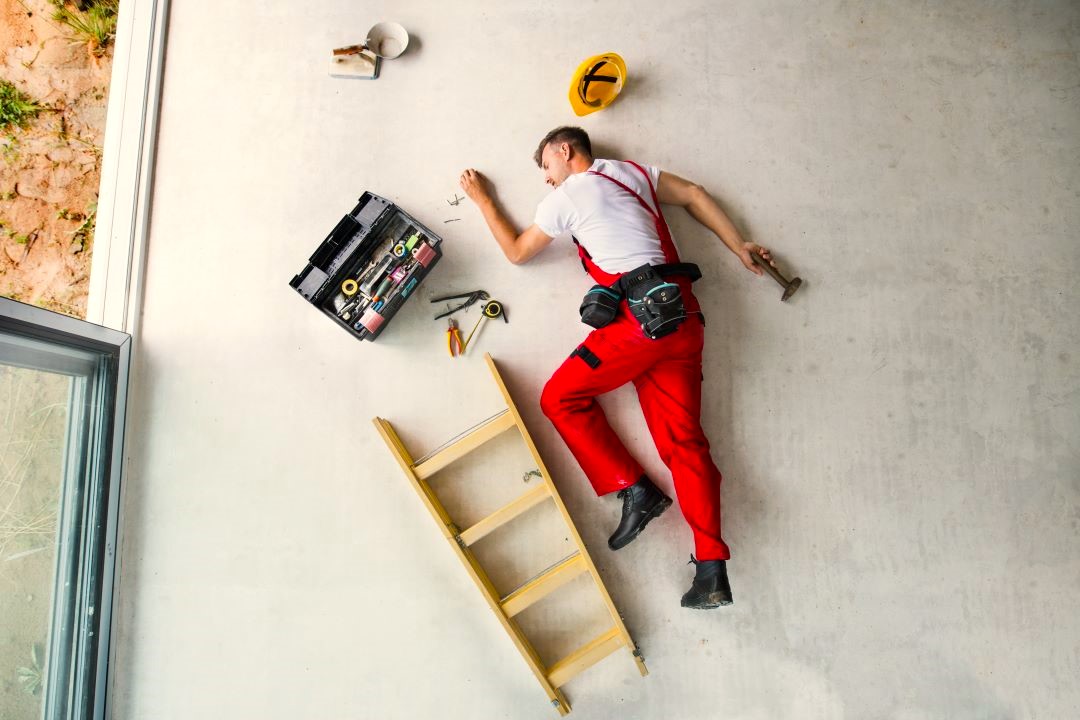Lone worker security jobs can present an array of risks to employees. They can be exposed to environmental risks such as slips, trips and falls, or health threats such as heart attacks and strokes.
https://www.loneworkeralarms.co.nz/man-down-alarm/ Keeping lone workers safe and secure can help your business save time and money in insurance claims. https://www.loneworkeralarms.co.nz/fall-detection/ It can also help your lone workers feel confident in their work and therefore be more productive.
A comprehensive lone worker safety program should include the following:
img width="365" src=" ">
">
Risk assessmentThe first step is to assess the risk of working alone in order to ensure that the correct lone worker policy is in place. This includes determining how long the lone worker is expected to work and whether they will be working in an environment that will pose a significant risk, such as a construction site or an isolated area.
Communication
The type of communication the lone worker will be using should also be considered. Is there a walkie-talkie or mobile phone they can use while in the field, or is their only method of communication in a vehicle that they may leave at times?
https://www.loneworkeralarms.co.nz/lone-worker-alarm/ Location
The lone worker will need to know where they are at all times and how close they are to other people. This can be achieved by tracking their location through a live GPS.
In addition, lone workers must be able to quickly and easily report incidents in the event of an emergency. This can be done using digital forms, with images and location stamps included. Entries are then automatically sent to supervisors and can be viewed via their Safepoint app.
![[PukiWiki] [PukiWiki]](image/pukiwiki.png)